E-Commerce No Match for Eateries, Exercise, Experience
Food and fitness services in addition to trendy soft goods seems to be a winning combination for retailers and retail real estate operators. But there are a few nuances that owners shouldn’t miss.
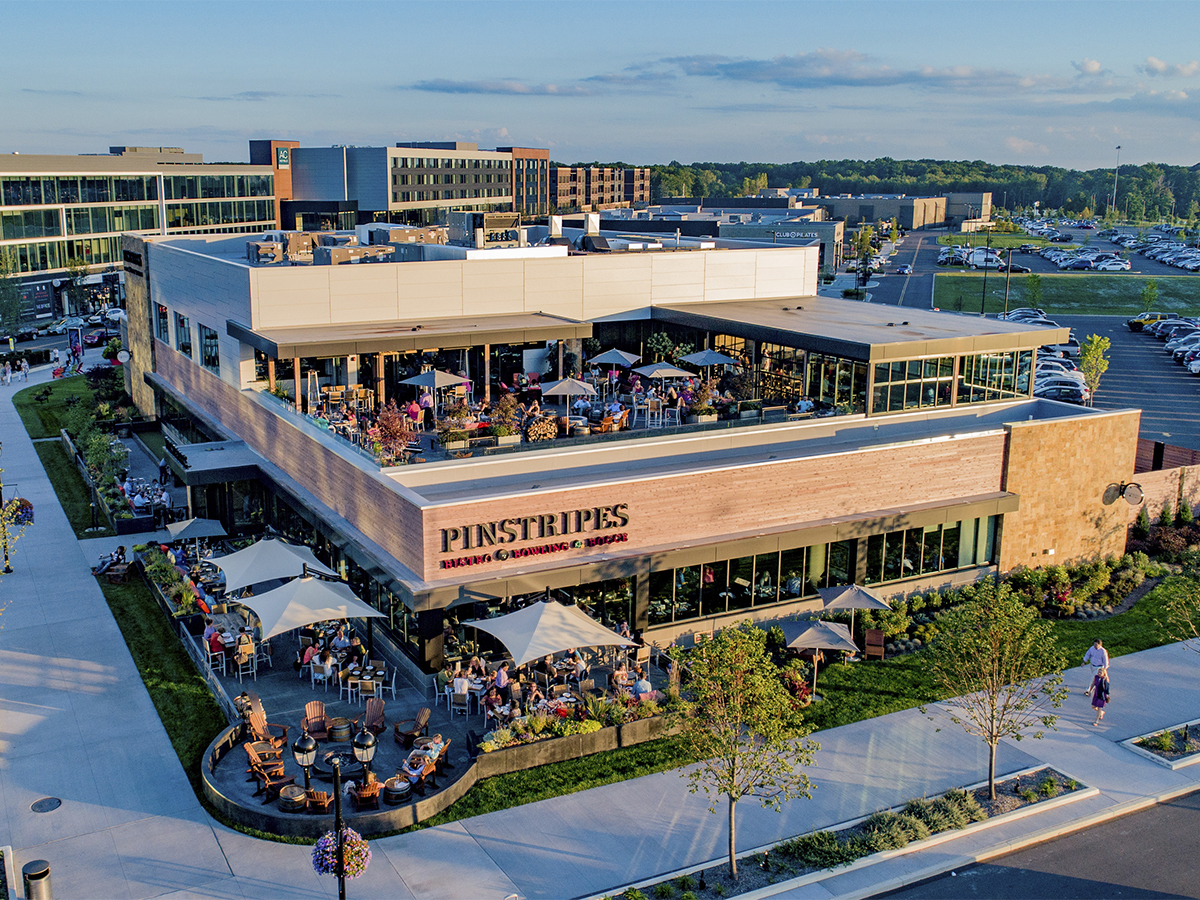
Pinstripes’ location at one of the newest retail venues near Cleveland offers food and entertainment under the same roof. Clients can try bowling before or after a meal. Image courtesy of Pinecrest.
Staying healthy and happy. The mantra of today’s modern man—and woman, of course—has materialized into new retail concepts that are far from being threatened by the rise of online commerce.
“The most desirable tenants in today’s world are those that are not affected by e-commerce. Fitness and food tenants fill that category nicely,” said Patrick Ward, founder & president of MetroGroup Realty Finance, a mortgage banking company that counts retail property owners among its clients.
Now, you can get out of bed and head to your favorite Pilates studio, located in the basement of a chic activewear store, and then drink your favorite green smoothie without leaving the premises. Or you can enjoy a coffee and browse your social channels at your favorite shoe store. Retailers are enhancing the services they provide, and fitness together with food and beverage occupies the top spot in the movement.
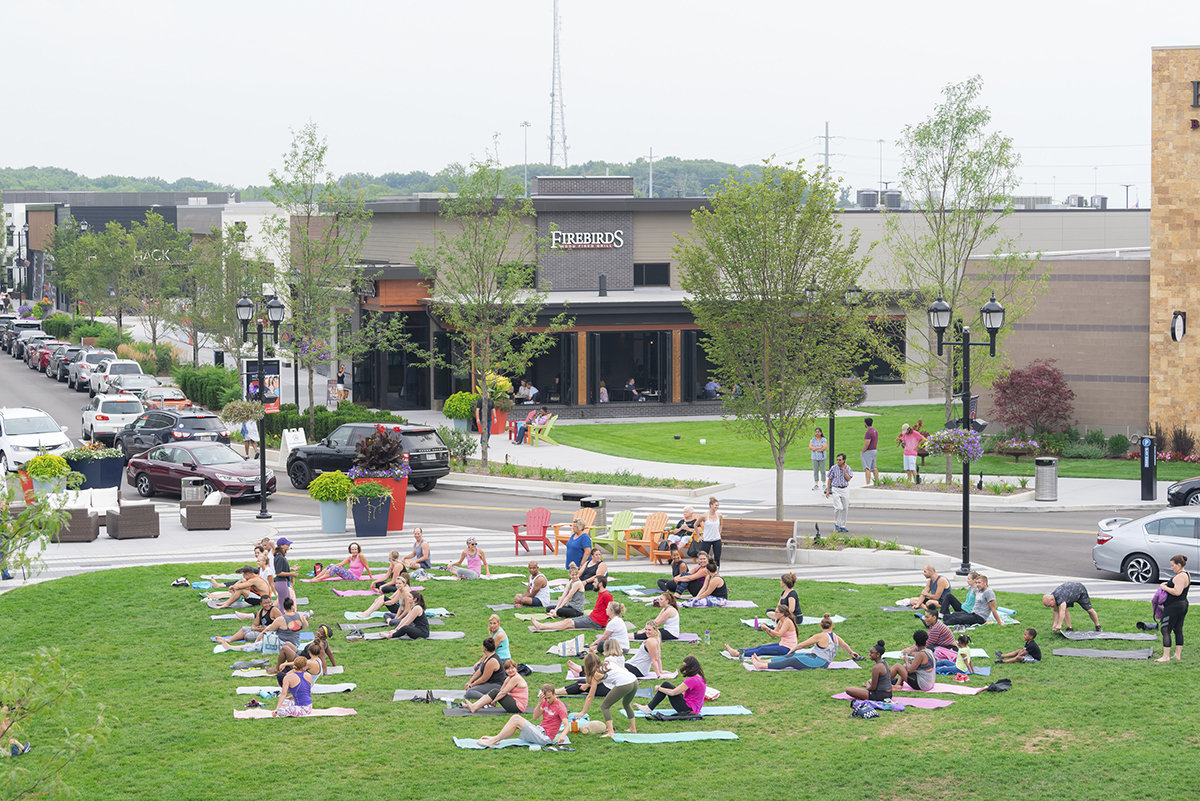
Taking fitness outside. One of the tenants at Pinecrest is organizing open air yoga events to engage its customers. Image courtesy of Pinecrest.
“Owners love the idea of customers getting a workout in, followed by a meal, staying three or four hours and developing positive associations with their project,” explained Keith Campbell, vice president of architecture and design firm CallisonRTKL.
JLL’s “Foodservice Trends 2019” report shows that 40 percent of shopping center visitors based their choice depending on the dining options available and that inviting food service offerings in shopping centers increase transactions by 25 percent.
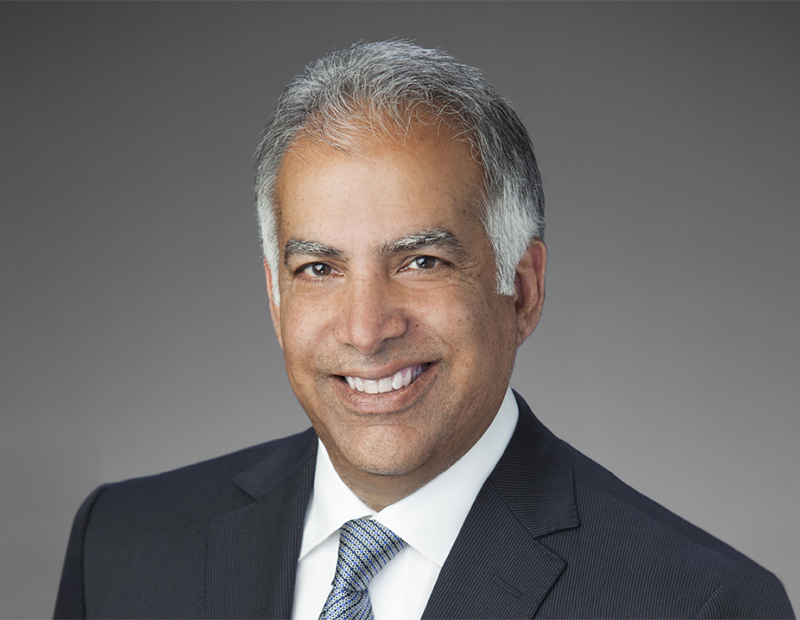
Naveen Jaggi, president of Retail Advisory Services at JLL, believes that offering shoppers a place to sit down for a coffee or a place to work, in addition to products on shelves, is a smart customer centric trend.
Naveen Jaggi, president of Retail Advisory Services at JLL, agrees that the trend has taken off in recent years. “Every owner of a shopping center knows that the F&B mix is critical to success for all. Gross Leasable Area of 5–10 percent is becoming the norm. In some cases, adding a food hall can increase the overall GLA ratio of F&B to 10–15 percent, which is quite impressive considering just 10 years ago food was an afterthought,” he said.
According to the same JLL research, clients of restaurants stay inside shopping centers 35 percent longer than the average client. “We see shopping centers being repositioned and rehabilitated filling former traditional big box retail spaces with fitness and food tenants. The most common use we see is fast-casual where the space requirements are smaller,” Ward noted.
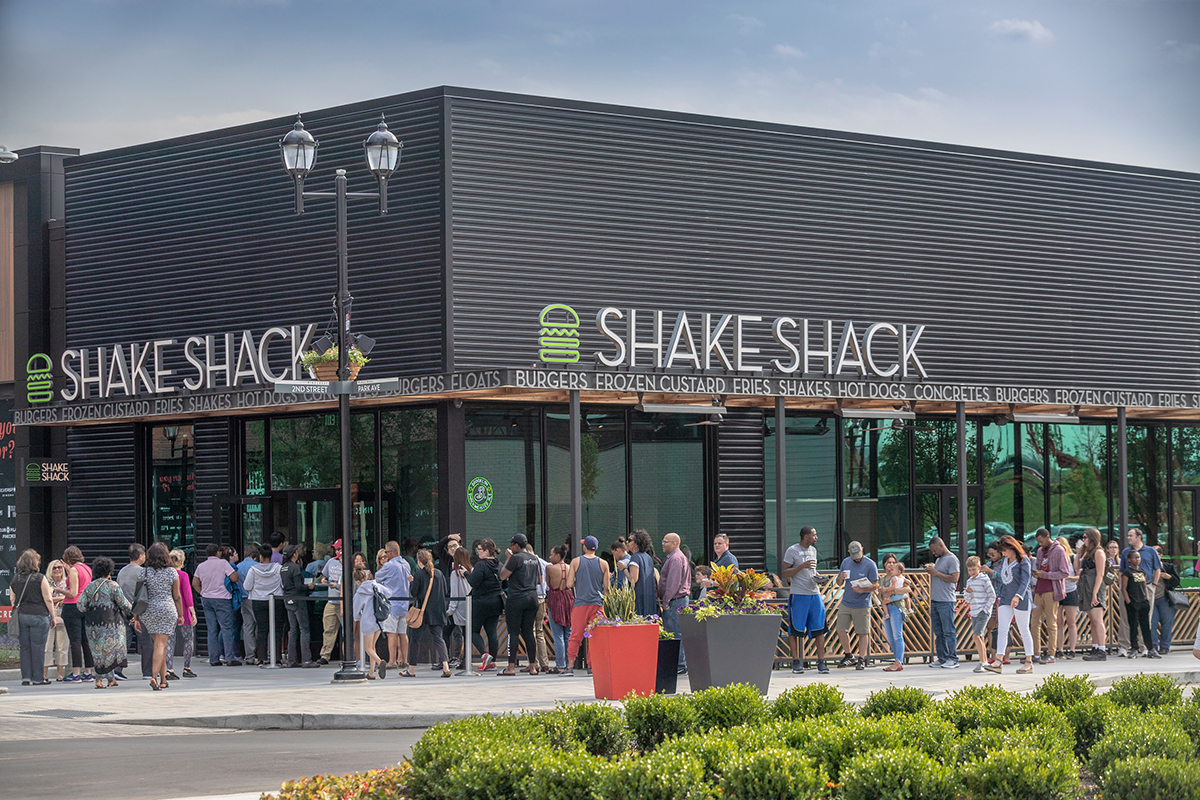
Fast-casual restaurants are among the most popular retail tenants. Image courtesy of CallisonRTKL/David Whitcomb.
Beyond the racks
The JLL report also identified Experience Economy as one of the year’s mega trends, with “dinertainment” and “snobmoddities”—enhanced foodie products and services—as its two subdivisions. It’s not just about buying anymore. It’s also about building a community, supporting an idea and making a point. Just like they do with their professional lives, Millennials, and Gen Zers even more so, choose only what they identify with and for that it takes more than some shelves and nicely colored walls. Many retailers have figured this out and have begun adopting this customer-centric approach. Those in the fashion industry were among the first to add coffee shops and food options for their customers.
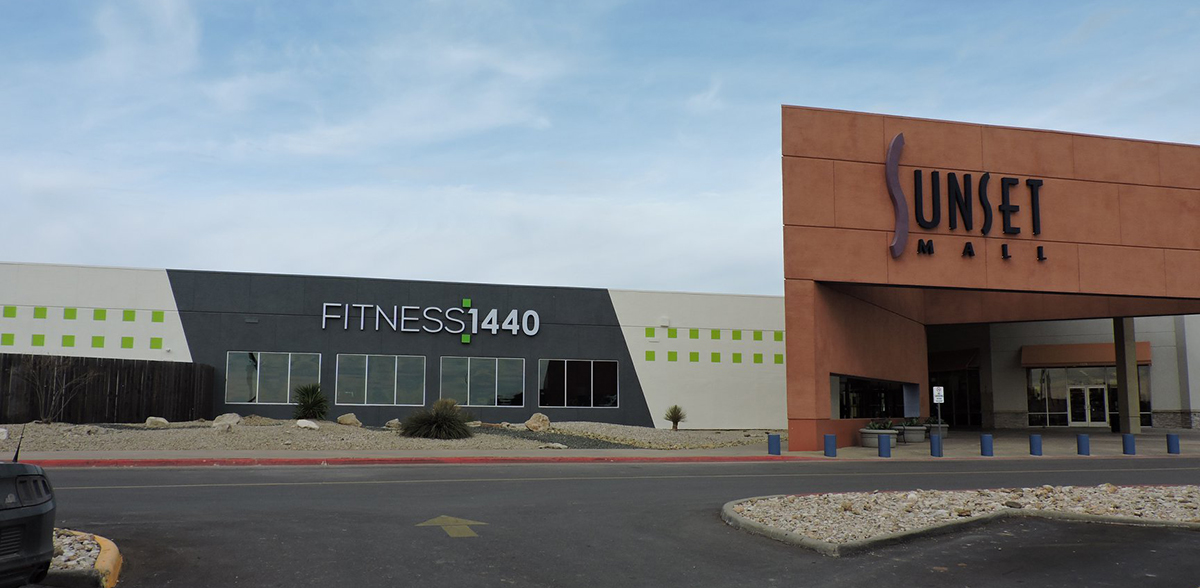
Sunset Mall in San Angelo, Texas, recently added a fitness tenant to its roster of 60-plus retailers. Image courtesy of JLL.
“Customers today are media savvy and look for alignment with brands. Fashion brands tend to be more progressive and innovative. This trend of providing a comfortable environment for their customers to engage with the brand is a successful strategy that is beginning to be replicated across other types of retail,” Jaggi added. For example, in bookstores.

Keith Campbell, vice president of architecture and design firm CallisonRTKL, believes that adding food and fitness services to a retail space is a great way to create positive interaction between a brand and its customers. Image courtesy of CallisonRTKL.
“Bookstores have always been good at this, by combining readings, coffee/tea and children’s activities. Now Barnes & Noble is testing its ‘Kitchen’ concept, with an actual full-service restaurant that combines upscale casual dining with beer, wine and books,” Campbell added. While Barnes & Noble has acknowledged that it still needs to work on a winning experiential retail recipe, Pinstripes is making a case for “dinertainment” at one of Cleveland’s newest retail center—Pinecrest.
“Pinstripes does a great job of combining bowling, bocce and casual dining. At Pinecrest, our new mixed-use project in Orange Village, Ohio, Pinstripes is hugely popular, and in good weather also combines multiple roof deck and sidewalk dining options into their offer,” Campbell outlined.
Fit for the future
The successful addition of food and fitness services in shopping centers and in chic shops is being fueled by the increasing number of people focusing on wellness in general. Eating healthy food, exercising, doing what makes you happy is the philosophy at the core of today’s social movements.
“I’m a big believer that healthy lifestyles will drive continued innovation in this sector. In a hyper competitive industry, quality offerings such as Orange Theory and Soul Cycle prove the demand is there. Shopping center owners like diversity of tenant offerings, which drives traffic at their centers at varying hours, which bodes well for increased fitness and health-related retail growth,” said Jaggi.
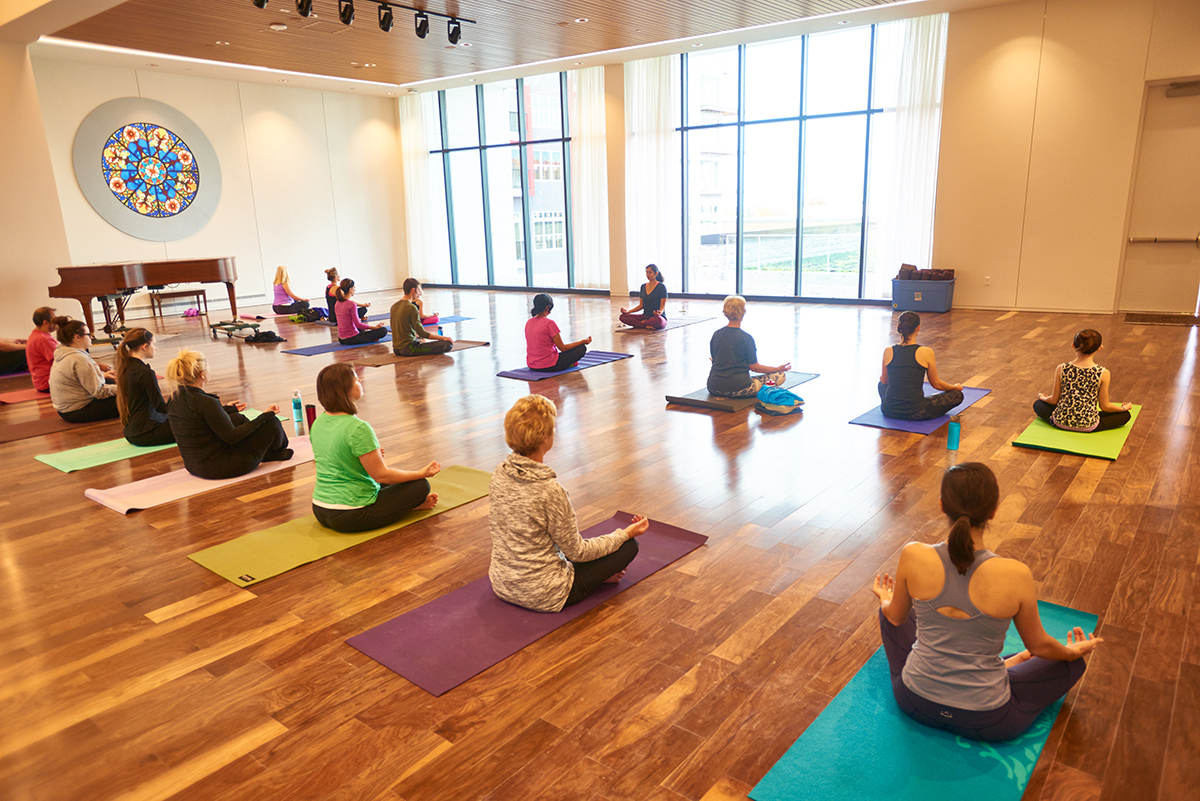
Yoga studios are a trending offering in retail spaces, as owners are looking for ways to keep customers inside their shopping centers for longer. Image courtesy of Todd Joyce.
Consequently, even fitness studios started to diversify their service offerings in a bid to create a community around their brands. Popular fitness tenants also offer classes in nutrition, while some fast-casual restaurants—a popular eatery concept nowadays—like “Protein Bar” are swerving towards health-related menus. “It won’t be long before we see the total integration of restaurants and fitness in single spaces,” Campbell said.
Wellness should be part of retailers’ long-term strategies, as the concept is considered the next frontier for real estate and other industries. According to Jaggi, “having a natural integration and flow between users will create synergies to attract other like-minded retailers and customers.” He advises retail owners to strategize for the long run and favor competitive rents over short-term occupancy based on high rents that drive up occupancy costs towards 15-20 percent, which would only leads to failure.
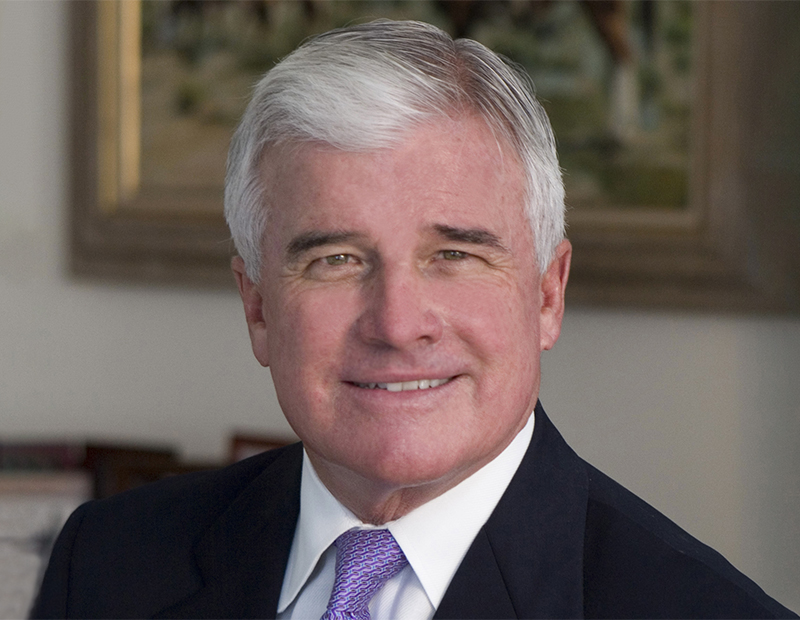
Patrick Ward, founder & president of MetroGroup Realty Finance, revealed that none of the lenders the company works with have left the retail financing space. Image courtesy of MetroGroup Realty Finance.
Despite its ongoing transformation, brick and mortar retail does not seem to be going anywhere. There is still a healthy capital flow in the sector, and those who understood the new order of things early are the big winners. Ward highlighted the fact that none of the lenders represented by MetroGroup have left the retail property financing space, even though their approach changed. “They are more careful and conservative in their underwriting and sensitive to the shift in consumer preferences,” Ward said.
When it comes to what’s ahead, experiential retail will lead to even more integration of multiple uses within the same space. CallisonRTKL’s Keith Campbell sums up the industry’s expectations regarding shopping venues. “We will continue to see the blurring of distinctions between uses. Single-purpose soft goods stores that offer no positive social engagement will continue to lose to online retailers. The future of retail is multi-purpose, multi-use, social, political, and fun. Retail without borders.”


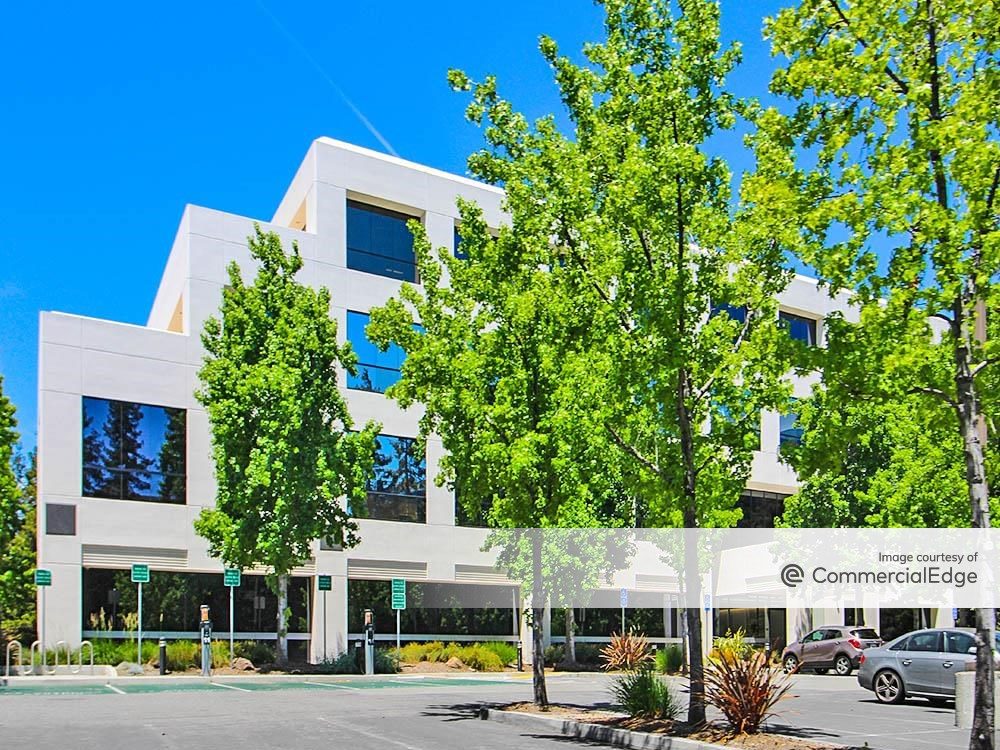
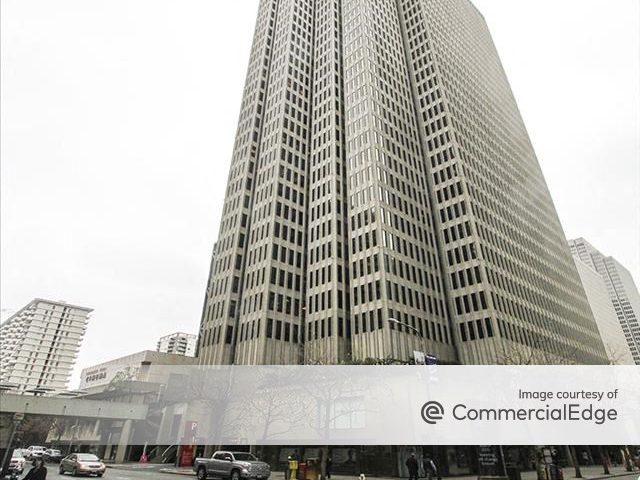
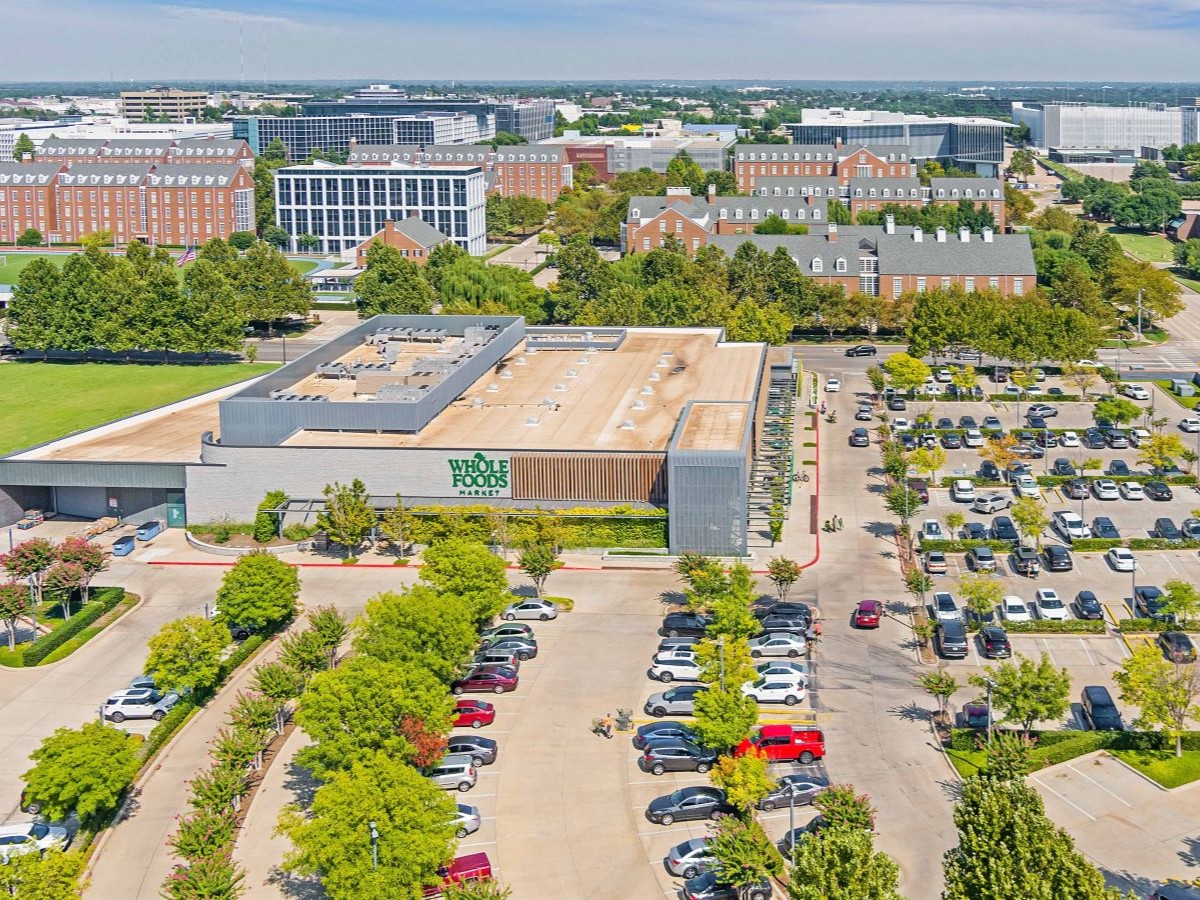
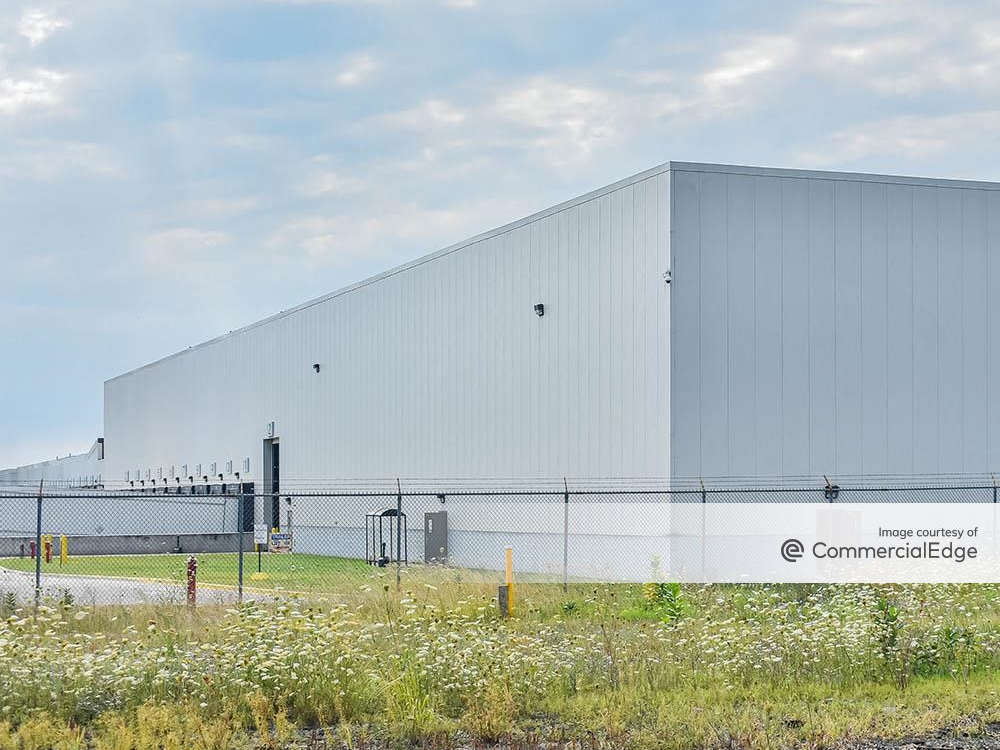
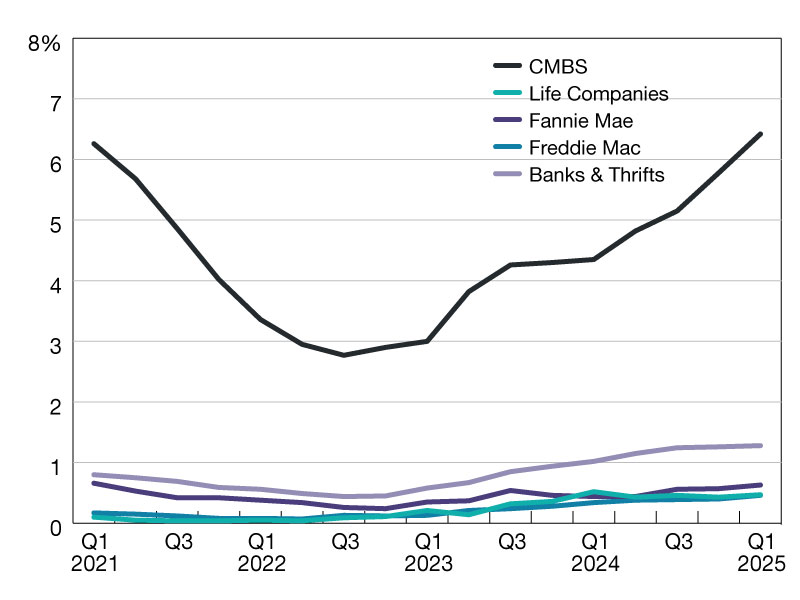

You must be logged in to post a comment.